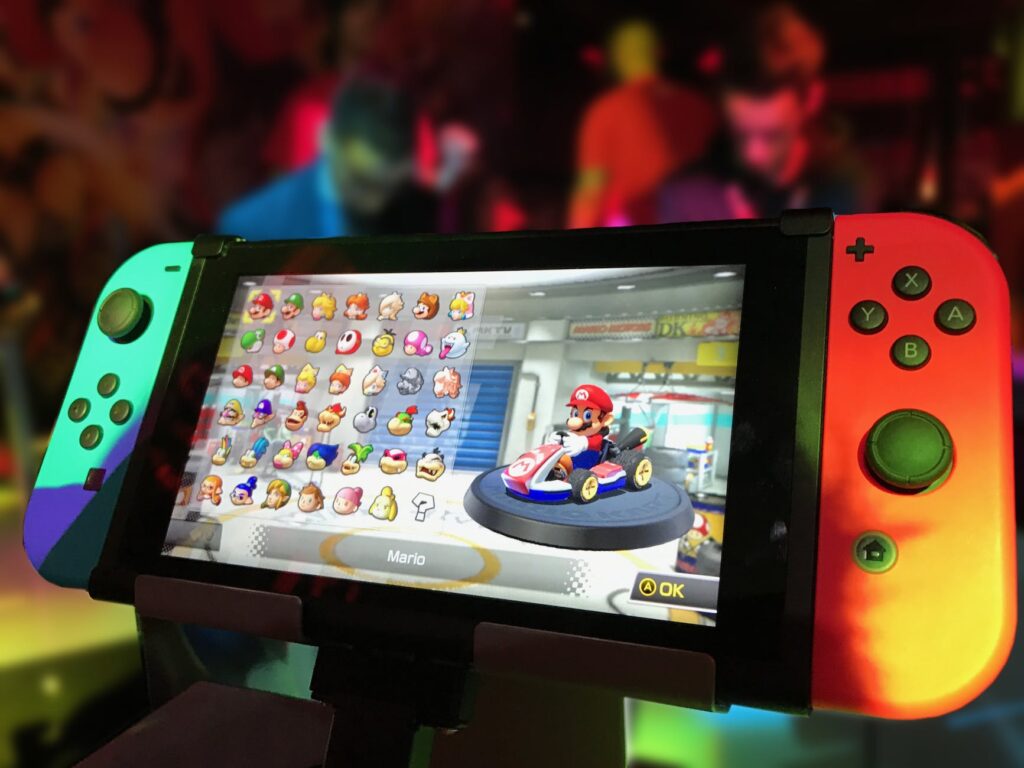Different styles of Game Development
Different styles of Game Development is the fascinating realm of game development. Whether you’re a seasoned developer, an aspiring creator, or just someone curious about the magic behind your favorite games, this article is for you. We’ll be exploring various styles of game development, shedding light on the diverse approaches that bring your gaming adventures to life.

Understanding Game Development
Before we embark on our journey through the different styles, let’s take a moment to grasp the essence of game development. Game development is the intricate process of creating interactive experiences for players. It involves coding, design, art, sound, and storytelling, all coming together to craft a captivating world.
The Basics of Game Development
Game development can be broadly categorized into two main types: indie and AAA (Triple-A).
Indie Game Development: A Personal Touch
- Personal Freedom: One of the perks of indie game development is the creative freedom it offers. Indie developers often have more control over their projects, allowing them to explore unique ideas without external constraints.
- Smaller Teams, Bigger Impact: Indie games are usually developed by smaller teams, fostering a sense of camaraderie and shared vision. This intimacy often translates into a more personal touch in the final product.
- Challenges and Rewards: While indie development comes with its challenges, the satisfaction of seeing your creation come to life makes it all worthwhile. From coding to designing, indie developers wear multiple hats, gaining versatile skills along the way.
AAA Game Development: Grandeur and Scale
On the flip side, we have AAA game development, where big-budget productions take center stage.
- High Production Values: AAA games are known for their high production values. With massive budgets, developers can invest in cutting-edge technology, top-notch graphics, and immersive soundscapes, delivering an unparalleled gaming experience.
- Specialized Teams: Unlike indie games, AAA titles are developed by large, specialized teams. Each department focuses on a specific aspect, such as graphics, gameplay mechanics, or storytelling, contributing to the overall grandeur of the game.
- Global Reach: AAA games often enjoy a global reach, backed by extensive marketing campaigns. These games become cultural phenomena, with fans eagerly awaiting the next blockbuster release.
The Artistic Approach: Story-Driven Game Development
Now, let’s delve into the artistic side of game development, where storytelling takes center stage.
Crafting Narratives That Resonate
- Immersive Storytelling: Story-driven games focus on creating immersive narratives that captivate players. The storyline becomes a crucial element, driving the player forward and creating an emotional connection.
- Character Development: In these games, characters are more than just pixels on the screen. Developers invest time in crafting relatable, well-rounded characters with unique personalities and arcs.
- Choices Matter: Many story-driven games incorporate a choice-based system, allowing players to shape the narrative. Your decisions impact the unfolding story, adding a layer of replayability.
Role-Playing Games (RPGs): Living Another Life
- Player Agency: RPGs empower players to shape their own destinies. From character customization to moral decisions, RPGs provide a sense of agency, letting players influence the game world.
- Open Worlds: The open-world concept is prevalent in RPGs, offering expansive environments to explore. Whether you’re traversing vast landscapes or navigating intricate cities, the world feels alive and dynamic.
- Character Progression: RPGs often feature character progression, where your in-game avatar grows stronger and more skilled over time. This sense of growth enhances the immersive experience.
The Technical Mastery: Gameplay-Centric Development
Shifting gears, let’s explore the technical side of game development, where gameplay mechanics and innovation take the spotlight.
Action and Adventure Games: Thrills at Every Turn
- Adrenaline-Pumping Gameplay: Action and adventure games prioritize gameplay that keeps players on the edge of their seats. Whether it’s intense combat sequences or heart-pounding chases, the focus is on delivering thrills.
- Innovative Mechanics: Developers constantly push the boundaries of innovation in these games. From unique combat systems to dynamic environments, each title aims to bring something fresh to the table.
- Skill-Based Challenges: Success in action games often relies on the player’s skill. Mastering intricate moves and tactics becomes a rewarding journey, creating a sense of accomplishment.
Simulation and Strategy Games: The Art of Planning
- Thoughtful Decision-Making: Simulation and strategy games challenge players to think strategically. Whether you’re building a city, managing resources, or leading an army, every decision impacts the outcome.
- Realistic Simulations: These games often aim for realism, creating virtual worlds that mimic aspects of our own. Whether it’s a farming simulator or a political strategy game, the goal is to provide an authentic experience.
- Endless Possibilities: The sandbox nature of simulation games allows for endless possibilities. Players can experiment with different strategies and witness the consequences, fostering creativity and critical thinking.
Bridging the Gap: Hybrid Approaches
In the ever-evolving landscape of game development, hybrid approaches are gaining traction.
Action-RPGs: Where Story Meets Gameplay
- Narrative Depth with Intense Action: Action-RPGs seamlessly blend compelling narratives with fast-paced gameplay. Players can enjoy an engaging story while experiencing the adrenaline rush of action-packed sequences.
- Character Progression and Choices: Borrowing elements from both RPGs and action games, Action-RPGs offer character progression alongside impactful choices, providing a holistic gaming experience.
- Diverse Appeal: The hybrid nature of these games appeals to a broader audience, catering to both story enthusiasts and action junkies.
Personal Reflection: My Journey into Game Development
Before we conclude our exploration, let me share a bit of my own journey into game development. As an avid gamer turned developer, the transition was both exhilarating and challenging. Learning the intricacies of coding, experimenting with design elements, and experiencing the joy of seeing my creations come to life – it’s been a rollercoaster of emotions.
Whether you’re coding late into the night or collaborating with a passionate team, game development is a journey of self-discovery and constant growth. Each line of code, every pixel placed just right, contributes to a larger tapestry of interactive art.
In conclusion, game development is a vast landscape with diverse styles, each contributing to the rich tapestry of the gaming world. Whether you prefer the personal touch of indie games, the grandeur of AAA titles, the immersive narratives of story-driven games, or the technical mastery of gameplay-centric development, there’s something for everyone in this dynamic industry. So, fellow gamers, embrace the variety, dive into different styles, and let the magic of game development continue to captivate your imagination!

